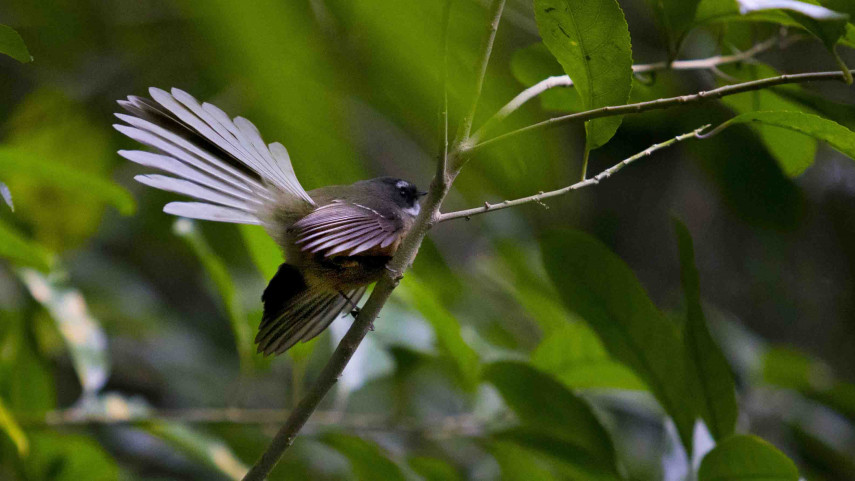
Papanui goes bush after 160 years

Share this story
Papanui Bush will be re-established more than 160 years after its demise at the hands of early settlers.
When the European settlers arrived in Lyttelton in 1850, only two areas of native forest remained – 30 hectares in Papanui and 22 hectares in Riccarton.
Within five years of the settlers’ arrival, Papanui Bush was gone, felled by a local sawmilling community fuelling a burgeoning Christchurch economy.
Now, planning is under way to recreate the native forest in Bridgestone Reserve and an unused drainage reserve in Langdons Road. Work is expected to get under way on 27 April, Arbor Day.

Moves are under way to regenerate Papanui Bush.
Council Head of Parks Brent Smith says, initially, two areas – 1100 square metres and 1000 square metres – at the north and south ends, respectively, have been approved for the development of totara-dominated forest at Bridgestone Reserve.
“We have a wonderful opportunity to regenerate our natural heritage through the planting of native forest in the reserve,” Mr Smith says.
“About 1520 native trees will be planted, including about 70 totara.”
The Christchurch City Council has approved $11,000 to support the first stage of the regeneration plan. Papanui High School – the site of the original bush – will be involved in the planting project, along with Papanui Rotary and conservation volunteers. Several community planting days are planned.
Bridgestone Reserve is a storm water management facility, designed to improve storm water quality before being discharged to natural waterways.
Council ecologist Antony Shadbolt says areas within the reserve are suitable for smaller areas of native forest planting.
“While these areas pale in comparison with the original Papanui Bush, they nevertheless provide significant sections of native forest within the urban area, and function as part of a much wider bush network across both the city and the Canterbury Plains,” Dr Shadbolt says.
“The new plantings will play an important role in improving the ecological functionality of the city, assist in the return of bush birds, and provide a unique opportunity for the community to be involved in the creation of a much treasured natural environment.”
